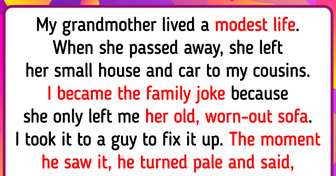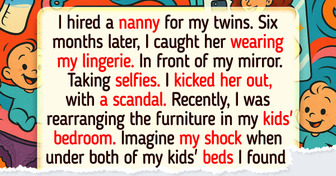8 Mystery Stories That Sound Like a Plot for a Bestseller

Did you know that our Sun is actually... green? Okay, okay, I’m kidding. In reality, it’s... all colors you can imagine at the same time! Wait, what? I know it sounds like a joke, but I’m being serious. Can’t you tell?
In fact, our Sun contains absolutely all the waves of the light spectrum. It’s simultaneously red, blue, green, yellow — you name it! Where do you think rainbows come from?
When sunlight gets reflected off water droplets in the air, it splits into a bunch of colored waves that we can see individually. And when they’re all together, we see a white ray of light. Our eyes are unable to perceive the concept of “all colors at the same time,” so their combination seems white to us.
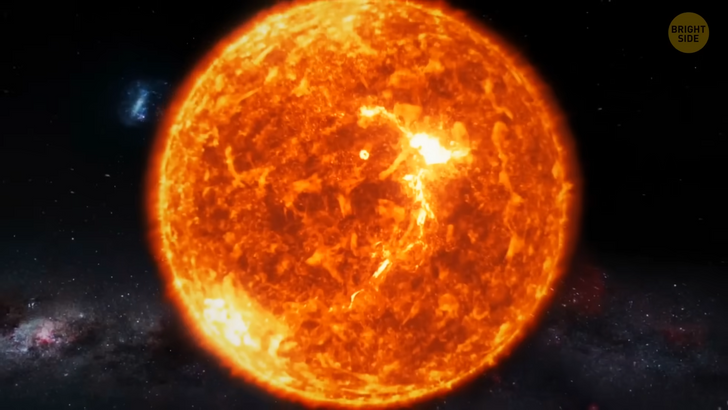
“Wait,” you might say. “Why white? Isn’t the Sun yellow?” Yep, it’s yellow too! But please, don’t stare at the Sun just to make sure. It appears white when we see it from the International Space Station. This is the Sun’s “real” color as our eyes perceive it. The Sun gets a yellowish hue when its rays get scattered in Earth’s atmosphere. Our atmosphere doesn’t let the blue rays of the spectrum pass well.
But the red ones? Sure, why not! By the way, that’s why the sky seems blue to us. The atmosphere scatters the blue color all over the place. During sunrise and sunset, short blue waves get reflected, but the long red ones reach us perfectly. That’s why we see sunsets as pink, orange, or red. But what would happen if the Sun had a different color? To answer this question, let’s quickly repeat what we’ve learned.
One. The Sun has the whole color spectrum in it. Two. Our atmosphere is like, “Blue rays? NOPE. Red rays? Any time.” So you’ve probably already guessed what would happen if the Sun was, let’s say, red. The whole world would look like it does during sunsets. Not bad, huh? We wouldn’t even have to wait for the evening to admire the scarlet sky.
Orange water and a bright red moon... yeah, it would be darker than what we’re used to — but still not bad! By the way, one day, the Sun will actually turn red. When its life comes to an end, it will expand and gradually turn into a red giant before finally burning out... But, uh, it’s not going to be much fun for us, so... Let’s hope we won’t be around to see that moment. I know I won’t. I have a party to go to.
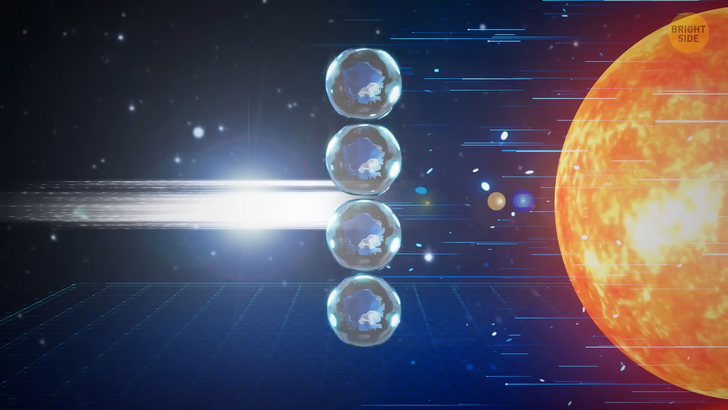
Okay, now, what if the Sun was green? Well, the truth is... The Sun IS green. Here’s your dialogue: “Wait, are you kidding me?! Didn’t you just say that it’s white?!” Good job on that by the way. Not exactly, bud.
The Sun just LOOKS white. But technically, it has a temperature of about 10,000˚F. And the peak wavelength of the Sun’s spectrum corresponds to the green-blue hue. But to make sure that the Sun is green, we need to drown out the rest of the visible spectrum.
Then our atmosphere will let through a pure green color. And what will happen then? Well, everything will be green. And everything will also become a bit darker. Face it, it’s not easy being green. Okay, moving on.
Now let’s paint the Sun blue. Blue stars actually do exist. They are called “blue giants.” Fortunately, our Sun is not one of them... Why “fortunately”? Well, because if it was a blue giant, it would be a young, beautiful, unimaginably large, and very, VERY hot star.
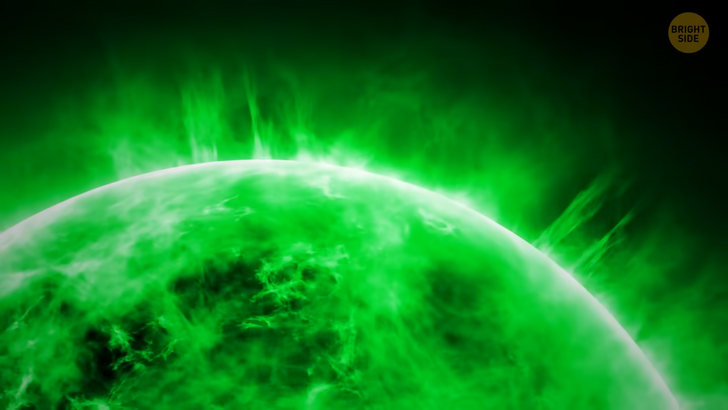
See, our “red is hot, blue is cold” logic doesn’t apply to stars. The hottest stars are white and blue, and the coldest are yellow and red. Yeah, our Sun is actually very cold — compared to other stars! Now take the average temperature in your city but multiply it by, like, hundreds of thousands. Yeah... We’re struggling with global warming here, but global burning? No, thanks, blue giants.
Anyway, let’s imagine that the Sun turned blue. How would we see the world? Surprisingly, nothing would change. Remember how I said that the atmosphere scatters blue light? That’s why, in this case, everything would remain almost the same. Maybe the sky would get bluer, but we wouldn’t see much difference.
And finally, the darkest — pun intended — option. What if our Sun turned... black? Stock up on lamps and candles because there is no more light. People use electricity all over the world 24/7. We also can’t see the Moon anymore — after all, we can observe it these days only because the Sun’s rays get reflected off it. Now, the only thing we still have to illuminate our nights are stars... but they don’t help us much.
Good thing this scenario is totally unrealistic, and there are no black stars. Right?! Well... yeah, there are no black STARS. And still, our Sun will eventually become completely black one day. And I don’t mean a black hole. I’m talking about black dwarfs here. You’ve probably heard of white dwarfs. Maybe even seven dwarfs. When a star like our Sun is about to finish its life, it expands and turns into a red giant.
And then, gradually losing its upper layers, it turns into white dwarfs. Since they no longer produce fuel, they slo-o-owly cool down. All that remains is a small core, living out its life and burning bright. And when the star cools down completely... Right, it turns into a black dwarf. But you’ve probably never heard of them. Why? Because, surprise-surprise — they don’t exist! And no, I was NOT lying. The thing is, a star needs about 1 quadrillion years to turn into a black dwarf.
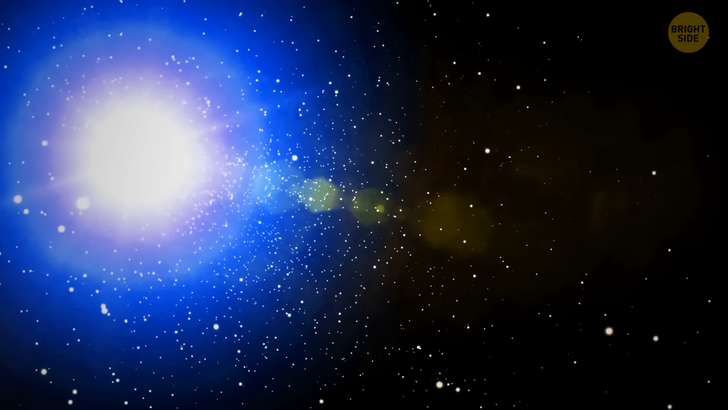
And our Universe is still a baby — it’s only about 14 billion years old. So, no star has reached this stage yet. Even the most ancient of them still emit a little light. That’s why black stars are just a theory. And it’s unlikely that we’ll ever see such a star at all.
But! Remember the famous saying, “The stars that we see at night are already ghosts because their light has reached us only now?” That’s a myth! They’re all still alive! Yay! Why am I telling you all of this? Let’s imagine that our Sun turned into a black dwarf! The entire Solar System would immediately get plunged into absolute darkness. It would also be terribly cold.
The Moon would leave its orbit and crash into Earth... Wait, no. Let’s overlook this moment and assume that we’re still alive. Fortunately, we wouldn’t freeze instantly, as you might think. Earth’s core has its own temperature, more than 9,000°F. But the temperatures on the surface of the planet would still immediately drop to 32°F.
The core would gradually cool down. Every 2 months, its temperature would drop by 2 times. In just 2 months, Earth’s surface temperature would be −190°F. And in a year, it’d reach −450°F. Most plants would disappear pretty quickly — not because of the cold but because of the lack of photosynthesis.
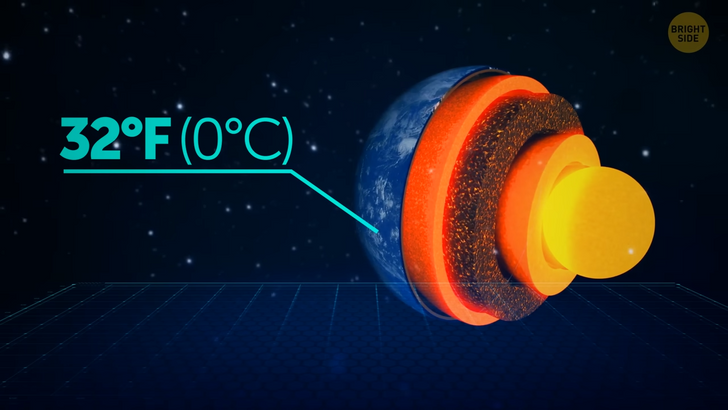
Others would live a little longer thanks to the oxygen still remaining in the atmosphere. And, oddly enough, trees would survive for a very long time. They have a slow metabolism and get sugar from the ground. The upper layer of the oceans would freeze pretty quickly.
Fortunately, this thick crust of ice would insulate deep waters, so the entire ocean wouldn’t freeze for some time. Marine creatures would be doing pretty well. (They existed long before us and are already used to crazy temperature changes, the lack of oxygen and food, huge pressures, and other joys of deep-sea life.)
And what about us humans? First of all, we’d start getting sick. Without vitamin D, people would face a huge number of different health problems. Also, our bodies need sunlight to produce melatonin. This melatonin helps us understand when we should go to bed and wake up. If people didn’t have this hormone, their bodies would get very confused and wouldn’t understand whether they needed to sleep or not.
That would mean insomnia for many people! But we would still be able to survive! We’d have two options: to build giant submarines and go down to the depths of the ocean, closer to Earth’s core. Or stay on the surface, living our lives in some location where we’d have sources of geothermal energy. In Iceland, for example.
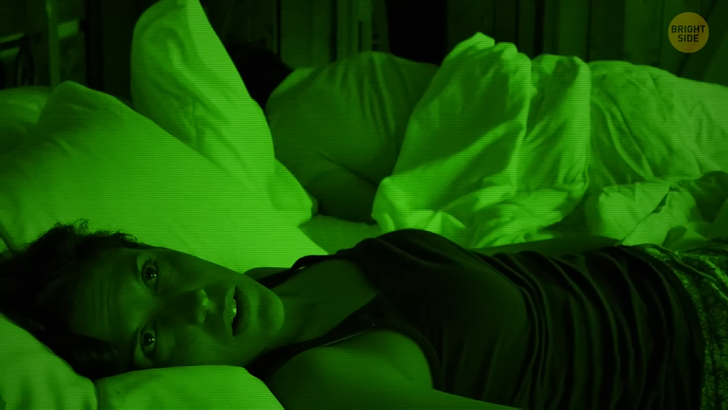
We could also settle near volcanoes — their heat would be enough to warm us for a long time. Our vision would adapt to the dark. But at some point, it’d reach its maximum.
So we’d need to get used to living in complete darkness... But who knows? Maybe we would adapt to this life, too.
Which option would you prefer? Living at the bottom of the ocean in a submarine or on the surface near volcanoes?

